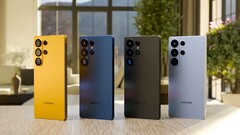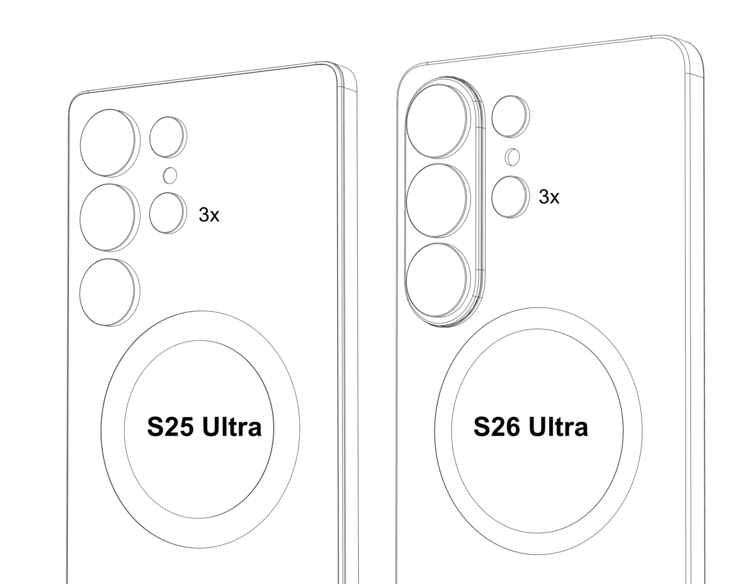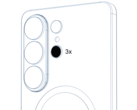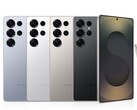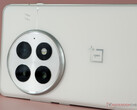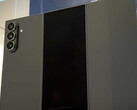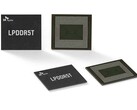There's been a lot of talk lately about what Samsung will supposedly include in the Galaxy S26 series, which is expected to be released at the end of February 2026 as the successor to the Galaxy S25, Galaxy S25+ and Galaxy S25 Ultra. We've also criticized the occasionally completely unrealistic expectations of Samsung fans, which contradict what is already known from certifications. For example, the battery size, contrary to many community hopes, hasn't changed since the Galaxy S20 Ultra and is likely to remain at 5,000 mAh in 2026, although with a noticeable improvement in charging speed.
The 3x telephoto lens, traditionally a major weak point of the Galaxy S family with its tiny 1/3.52-inch sensor, will also be replaced according to many leaks, but whether this will be an upgrade is questionable. Reliable leakers such as Ice Universe hinted months ago that there would be a downgrade in terms of sensor size, as the 12 MP IMX754 will be replaced by a 12 MP ISOCELL S5K3LD, which is even smaller at 1/3.94 inches. There is simply no room for a larger sensor, according to the leaker in a recent X-post, if you consider the CAD-based leaked render images with a slightly thinner chassis than the Galaxy S25 Ultra, which are considered final and reliable.
The key camera upgrade is a significantly brighter lens
In addition, Samsung appears to be sticking to its practice of effectively using only 10 MP of the 12 MP sensor in the 3x telephoto lens and then upscaling the final result to 12 MP. So while there are unlikely to be any major innovations or improvements in image quality on the sensor front apart from software optimizations, the key upgrade for the Galaxy S26 Ultra generation is likely to be in terms of light intake. The specs for all four cameras on the Galaxy S26 Ultra, once again summarized by Ice Universe, illustrate the difference:
| Galaxy S25 Ultra | Galaxy S26 Ultra | |
|---|---|---|
| Main camera | 200 MP, 1/1.3 inch, 0.6 µm pixel size, f/1.7 aperture | 200 MP, 1/1.3 inch, 0.6 µm pixel size, f/1.4 aperture |
| Ultra wide angle | 50 MP, 1/2.52 inch, 0.7 µm pixel size, f/1.9 aperture | 50 MP, 1/2.52 inch, 0.7 µm pixel size, f/1.9 aperture |
| 3x telephoto | 12 MP, 1/3.52 inch, 1.12 µm pixel size, f/2.4 aperture | 12 MP, 1/3.94 inch, 1.0 µm pixel size, f/2.4 aperture |
| 5x telephoto | 50 MP, 1/2.52 inch, 0.7 µm pixel size, f/3.4 aperture, periscope | 50 MP, 1/2.52 inch, 0.7 µm pixel size, f/2.9 aperture, periscope |
Conclusion: Better photos and videos, but not thanks to sensor upgrades
Both the 200 MP main camera and the 5x telephoto lens have a significantly larger aperture, allowing much more light to reach the sensor. For the main camera, the jump from F/1.7 to F/1.4 corresponds to a 47% increase in light intake. With the 5x telephoto lens, the F/2.9 aperture of the periscope module should result in a 38 percent brighter photo, assuming parameters like shutter speed and ISO remain constant.
Hence, it can be assumed that the automatic settings of these two Galaxy S26 Ultra cameras will adjust the shutter speeds and ISO values accordingly thanks to the larger aperture, resulting in less noisy and sharper photos, especially in low light. Combined with many other new software features and an improved ISP in the Exynos 2600 and Snapdragon 8 Elite Gen 5, respectively, we can definitely expect better photos and videos in the Galaxy S26 Ultra, even if there are likely to be disappointingly few changes to the sensor hardware.
Source(s)
Image: TT Technology, Youtube




